I want to make a small app that gets some account information from Paypal and shows that in a HTML page. I solely use HTML/CSS and Javascript, I dislike to run the authorization flow on the server for security implications. I don't want to have the token on the server.
I have a working setup now using the OAuth code grant flow provided by Paypal (more here), but as described above, I want to cut the server out of the picture.
There are some methods described in the page I just referenced, but none seem to implicate there is an implicit grant possible.
Is it possible to use Paypal with OAuth implicit grant or something similar?
(The current answers are taking the code grant flow, which was specifically not what I asked for. I know that one exists, but it is bad to use it in this case, so please only answer if you know a method without the need to provide the OAuth secret token to the client.)
